- The compass is a pointing instrument made by the polarity of the north and south fingers of a magnet in the earth's magnetic field

China was the first country to discover the polarity of magnets. As early as in the Warring States Period, the guide instrument was invented by the polarity of the magnet. "Han Feizi has a degree" in the "Mrs. Chen is soaked in the Lord, such as the topography, that is, in the past, the leader is lost, the things are easy to move, and do not know. So the first Wang Lisi South, to end the day" In the words of "the end of the day" is the meaning of the square.
"Guiguzi·Puts" also records that Zheng Guo’s people went to pick jade in the distance, and they took Sini to go without losing their direction. Sinan is honed with natural magnets, like a spoon, round bottom, placed on a smooth "ground" with twenty-four orientations, the handle of which can guide. In the Eastern Han Dynasty, Wang Chong, in his "On the Balance, is the Shoulder", once said that Guangsi Nanzhi, voted for the land, its guide. It can be seen that Sinan is the earliest magnetic guide instrument and is regarded as the ancestor of the compass. This is one of them.
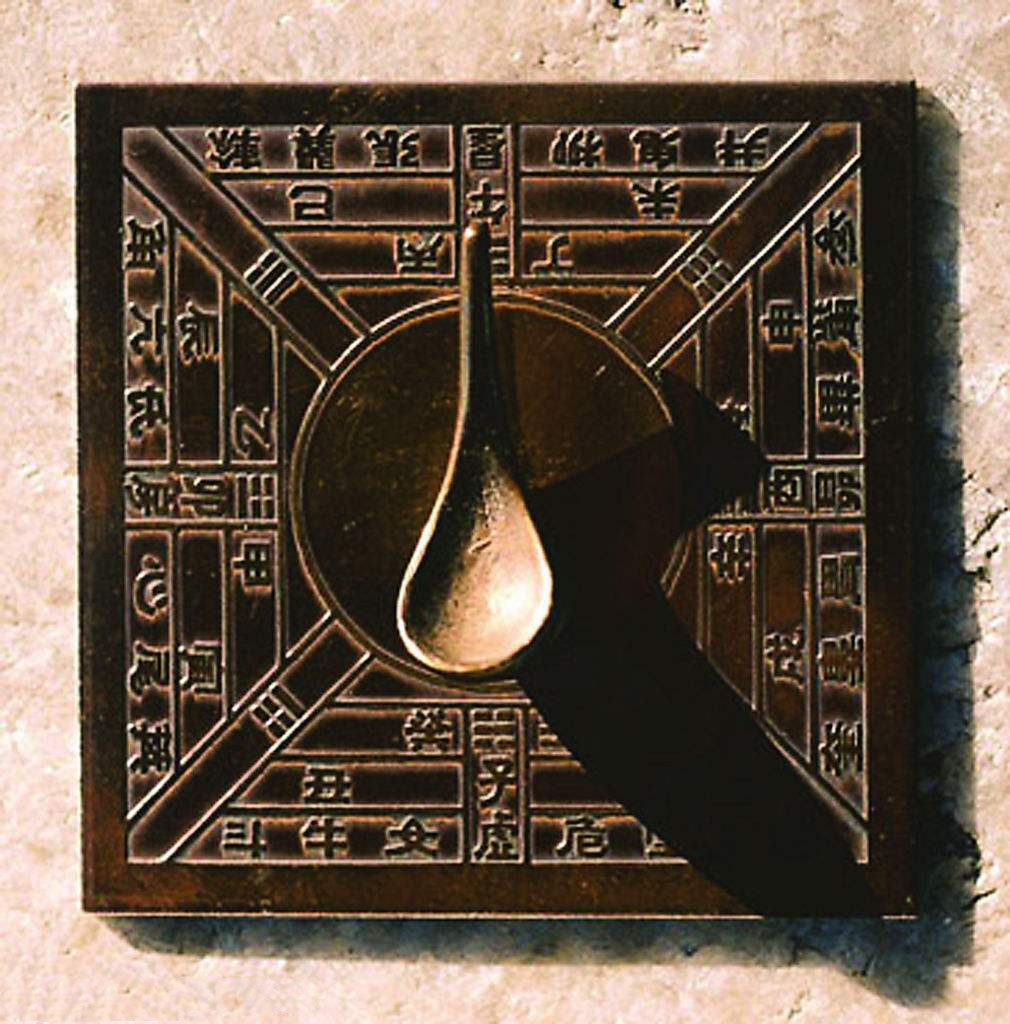
However, some scholars believe that the magnetism of natural magnets is not strong. In the process of making snails, it is easy to lose magnetism due to blows and heat. In addition, it has a relatively large resistance to the friction between the ground and the ground, and it is difficult to achieve the expected guide effect. At the same time, it was difficult for people at that time to determine the north and south poles of the magnet. If the spoon is not made in the direction of the north and south poles, the spoon will be magnetic and will not guide. Why do you want to make a spoon shape, but you can't make it simpler?
Thus, there is a second point of view, the guide fish is the predecessor of the compass. Scholars who hold this view believe that the earliest and clear record of the magnetic instrumentation currently discovered is the "Guide Fish" in the "Wu Jing General" of the Northern Song Dynasty. The recipe for the guide fish in the fifteenth book of the book is cut with iron leaf, which is two inches long and five points wide. The head and tail are sharp like fish, and they are burned in a charcoal fire. The bells are red and the first one is fired. With the tail facing the sub-position, in the basin, there is no ending point, and it is closed by the secret device.

Although the records in the book are a few words, they contain rich and scientific reasons. The creation of its artificial magnetization method is a major event in the history of the development of magnetism and geomagnetism, and it is the forerunner of the compass invention. The guide fish was used as a simple instrument for indicating the direction of the soldiers in the night battle in the land warfare. It was used for navigation in the 11th century after being converted into a compass. Since then, the boat masters geography, the night is stargazing, and the night is watching the sun. Compass (Zhu or "Pingzhou can talk"). Therefore, "Wu Jing General" is regarded as an important material for studying the history of compass invention.
The above two views have their own rationality. Although there are more people who hold the first viewpoint, neither the Sinan nor the guide fish are the predecessors of the compass, and they are not certain in themselves. At present, the early written records of the compass are mainly There are the following:
In the first year of Renzong Qingzong in the Northern Song Dynasty (1041), there was a record of "Bingwu Needle" in Volume I of the "Liaoyuan General Record". Although it was not clearly pointed out what the needle was, it can be concluded from the context of the word that the magnetic needle is undoubted, indicating that the magnetic needle was It is matched with the compass plate as a directional instrument.
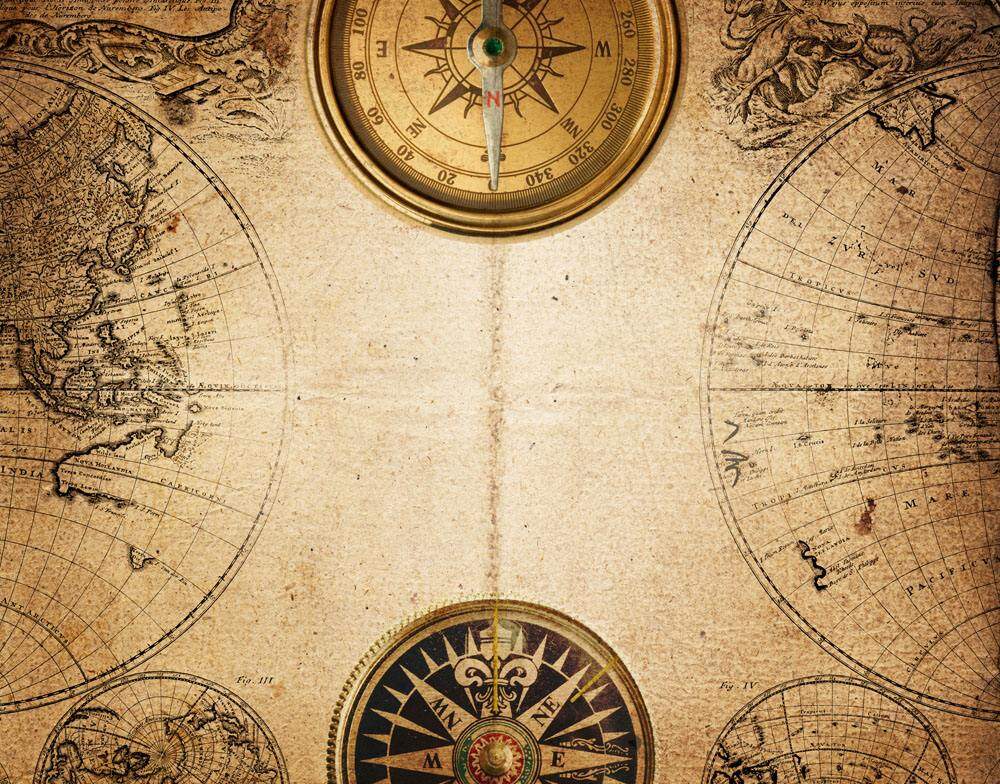
The "Meng Xi Bi Tan" volume twenty-four also clearly pointed out that the compass was first invented and used by a surnamed family (Mr. Feng Shui). It also describes in detail the installation methods of the four compasses, such as water float, nail placement, toe wrist lip and suspension wire, as well as the strengths and defects of various methods, so that people have a clear understanding of the compass at that time.
From the above information, the compass has been a commonly used directional instrument in the 11th century, and there are a variety of device methods. If the era of invention of the compass is traced back to the end of the Tang Dynasty or the Five Dynasties of the 10th century, it is also unfounded. For example, Wang Zhaoqing (about the end of the 10th century) has left a poem "Acupuncture between the virtual and the evil" ("Ancient and Modern Book Integration" 655); the famous "Nine-day Xuan Nu Qing Pi Cape" (about 900 years) It is said that the image of Guangjin is occupied by a needle, and the grid is a needle. The "needle", "positive needle" and "needle" mentioned here are most likely terms that the compass and the compass are oriented. Editor / Zhao Jing
Comment
 Praise
Praise
 Collect
Collect
 Comment
Comment
 Search
Search


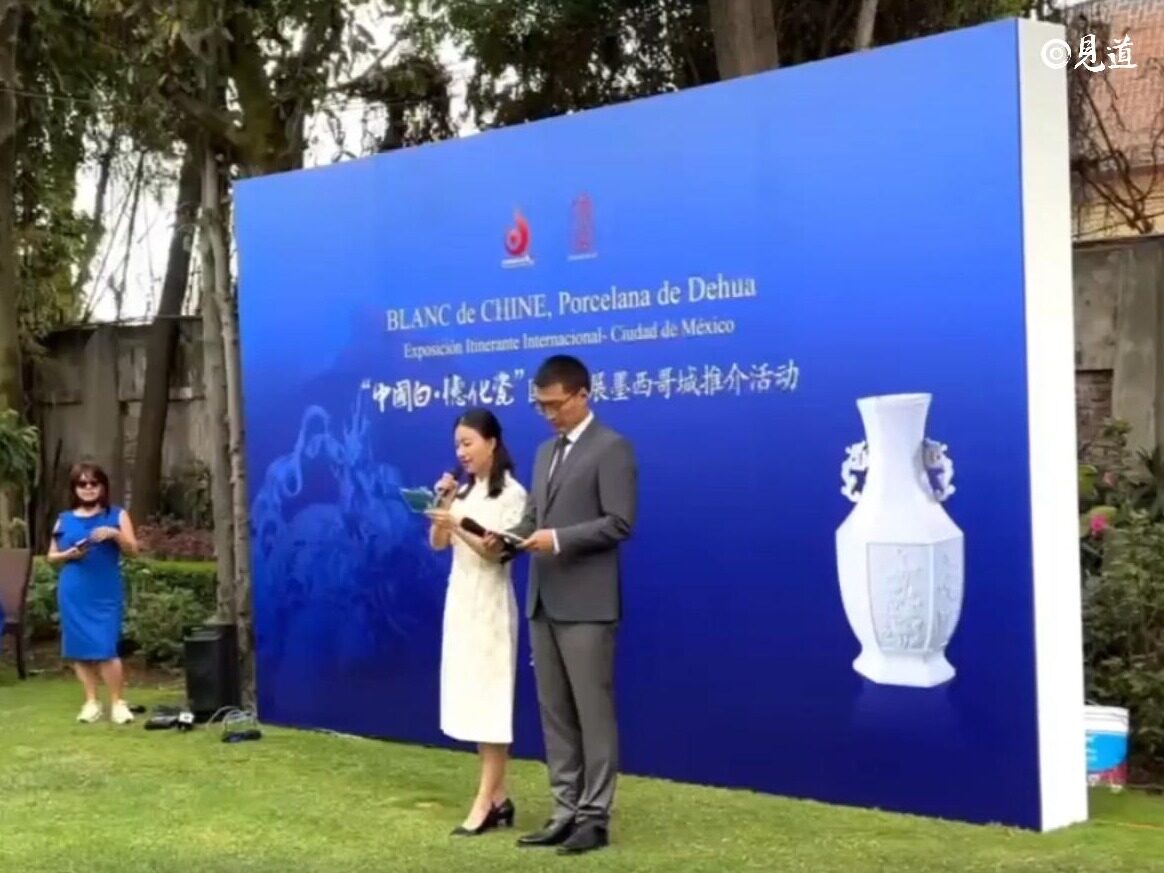


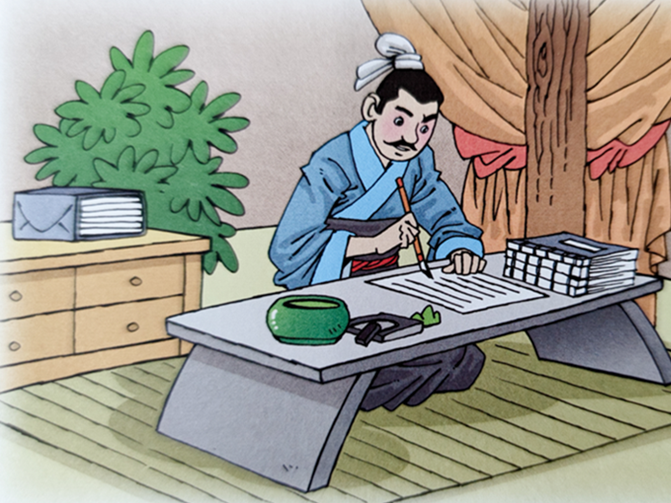

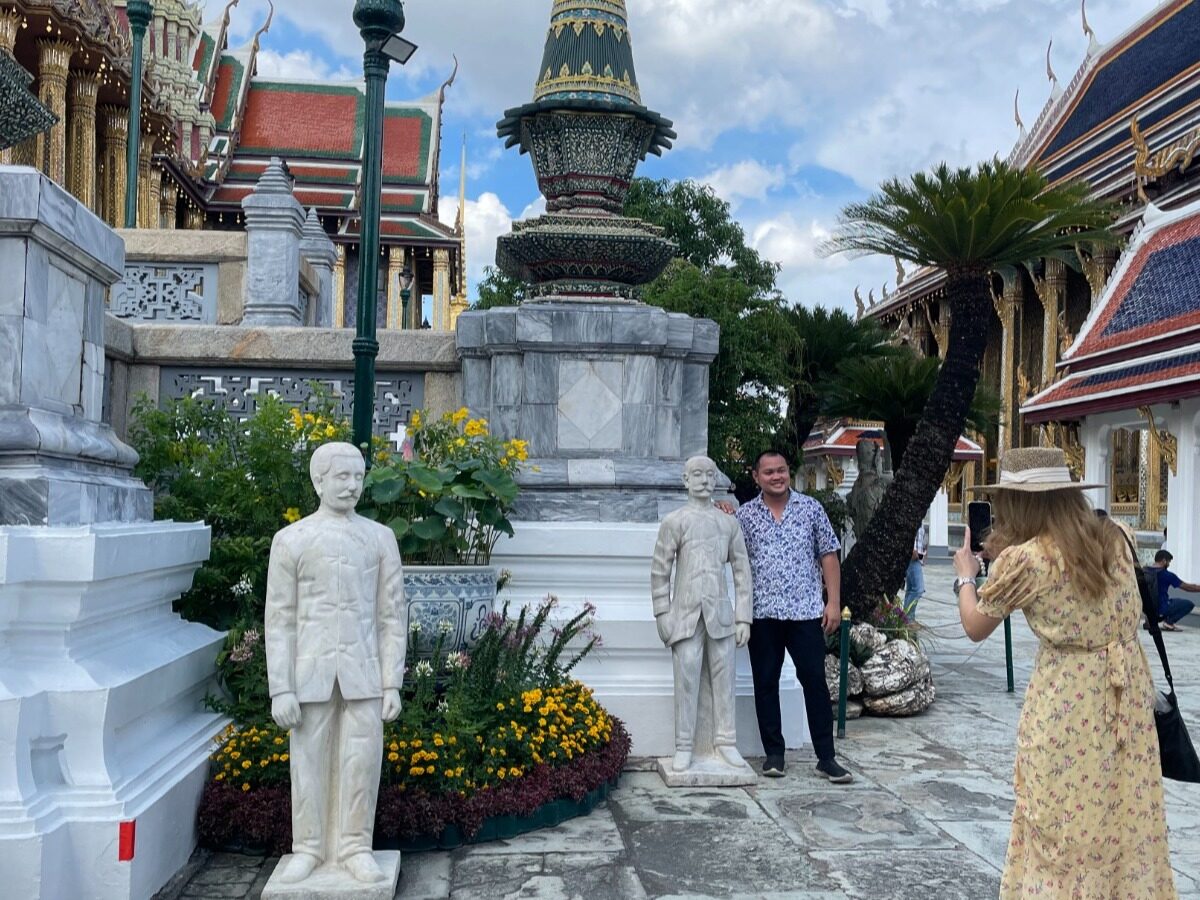






Write something~